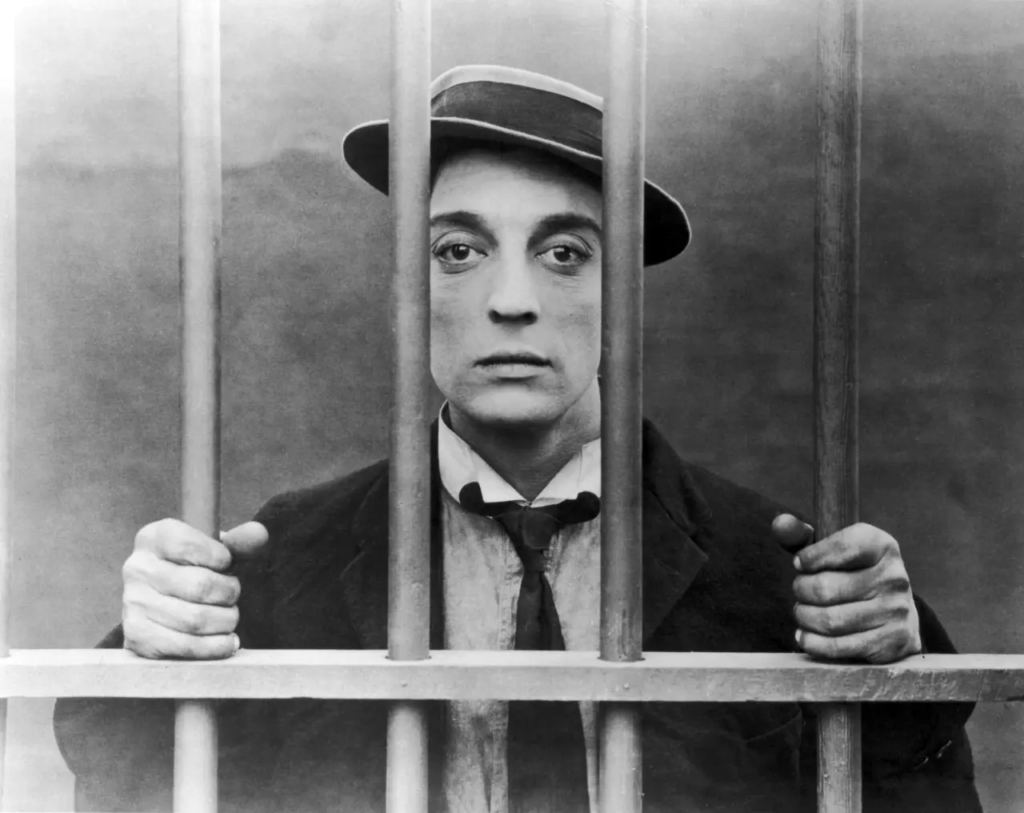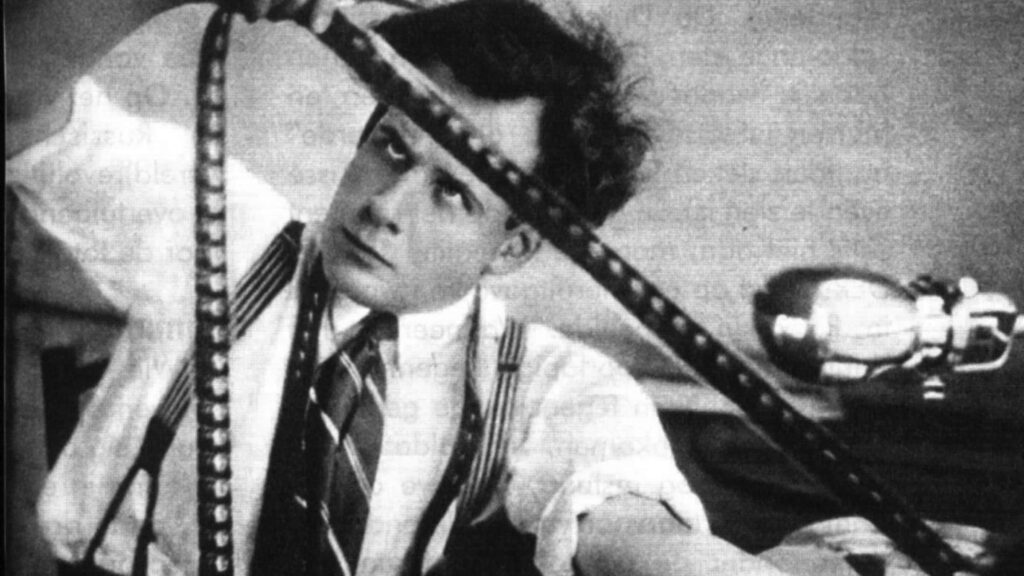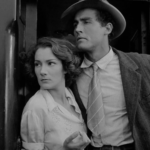The digital revolution in films is the transformative period in the movie industry where the industry moved from traditional analog filmmaking to digital technology. It revolutionized the way films are made, edited, and distributed. This advancement in digital cameras and editing software provided more accessibility and flexibility to filmmakers, enabling them to create high-quality films with cost-effective equipment. This contributed to the expansion and diversification of films. It led to the rise of independent cinema. With the affordability of digital technology, more and more filmmakers now experiment with the art form and push artistic boundaries.
Filmmakers gained the ability to experiment with new storytelling techniques that were previously limited by analog technologies. From writing to distribution and exhibition, everything has been transformed by this technological revolution. Let’s look at some of the most common elements in which the digital revolution has influenced filmmaking:
Writing
Filmmakers can now use digital software like Final Draft and Celtx for scripting that makes the process swifter and detailed oriented.
Cinematography
Digital cameras come in varied ranges and now offer greater flexibility in capturing visuals, including low-light conditions, different apertures, and stability.
Editing
Editing tools like Premiere Pro, Resolve, and Final Cut enable easy and quick arrangement of footage with special effects and seamless integration of sound and music.
Music and Sound
Digital technology enhances sound recording and mixing, making it easier for filmmakers to create and access a wide range of songs and sound effects.
VFX
Visual effects can be created and integrated digitally, bringing your imagination to life to such a degree that it appears exceptionally real.
Distribution and Exhibition
Films can now be transferred over the internet, and digital projection in cinemas has replaced traditional 35mm film prints, making distribution faster and more cost-effective.
Archiving and Restoration
Digital technology has enabled the preservation and restoration of classic films. Old film reels can be digitized and restored, ensuring that cinematic history is preserved for future generations.

“Lawrence of Arabia” directed by David Lean is one notable example of a movie that was originally released in 1962, but faced significant deterioration over the years due to the degradation of its original 70mm film elements.
In the early 21st century, Sony Pictures Entertainment initiated a meticulous restoration project using advanced digital technology. The deteriorated film reels were carefully scanned and digitized at high resolution. Digital restoration techniques were then employed to repair scratches, remove dirt and debris, and enhance color and clarity while preserving the authenticity and integrity of the original cinematography.
Thanks to cost-effective methods, filmmakers now have easy access to filmmaking tools that they can use to learn and experiment with their craft. They also have opportunities to showcase their work on Video-On-Demand (VOD) platforms such as YouTube and Dailymotion without additional costs. Additionally, films can now be distributed and exhibited digitally, reaching global audiences through online platforms and streaming services. Although OTT and streaming services are in themselves a major revolution in the world of cinema, we will cover this in a separate topic.
Overall, the digital revolution is so far the most significant transformation in the history of cinema. This revolution gave rise to independent filmmaking, leading to more unique and diverse stories from around the world. Although started in the 1990s, initially only low-budget productions were shot on digital video rather than film stocks. This makes ‘Windhorse’ and ‘The Last Broadcast’ among the initial few movies to be completely shot and edited digitally. Big-budget productions, however, took their time to let the technology evolve before jumping onto it. Today, most of the movies produced are digitally shot and edited.


However, let’s not forget that without the digital revolution, some of our all-time favorites wouldn’t have seen the light of day. I’m talking about ‘Toy Story’ and ‘Avatar.’ These marvels of filmmaking are the best examples of creativity and technology coming together.



